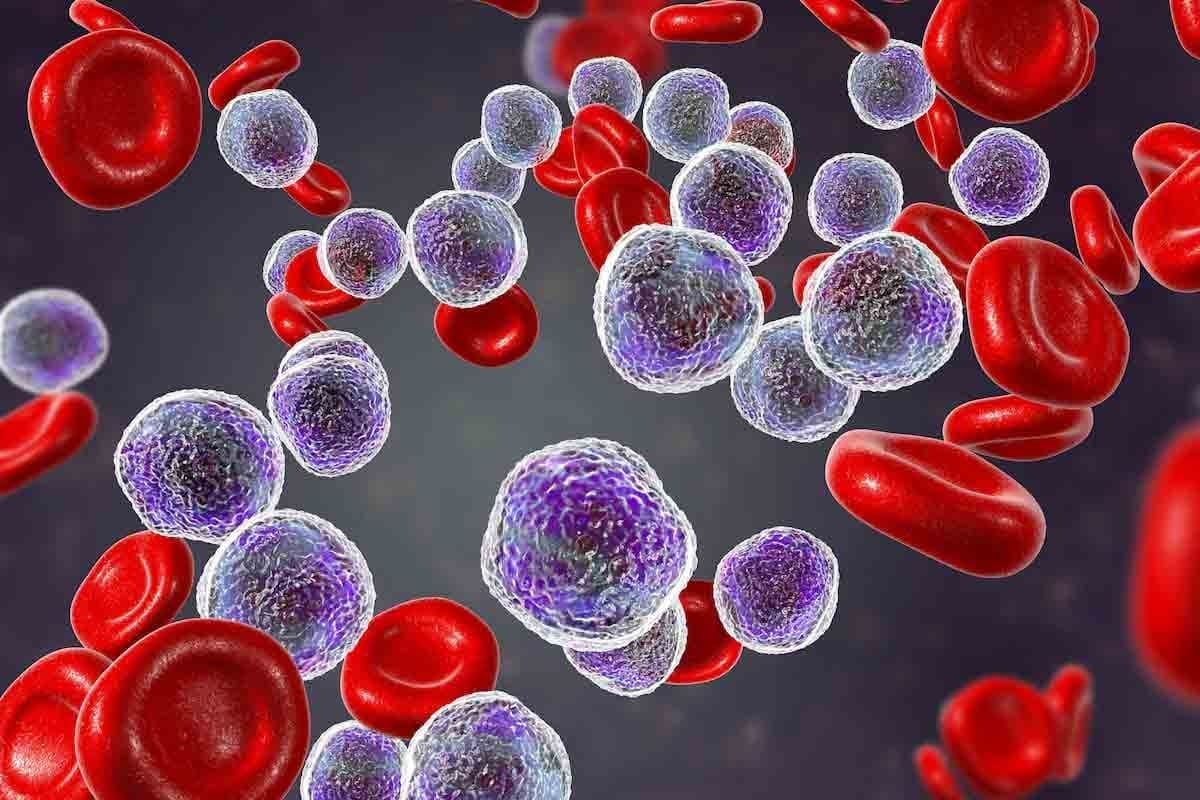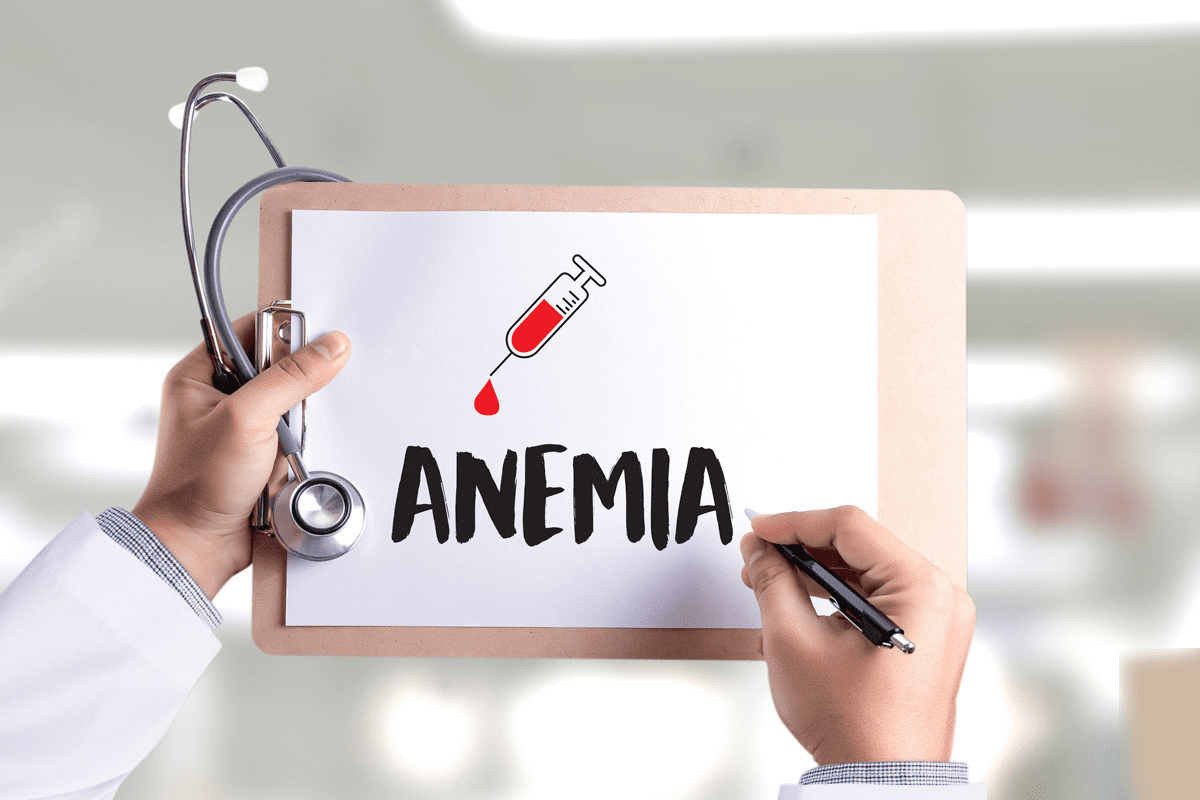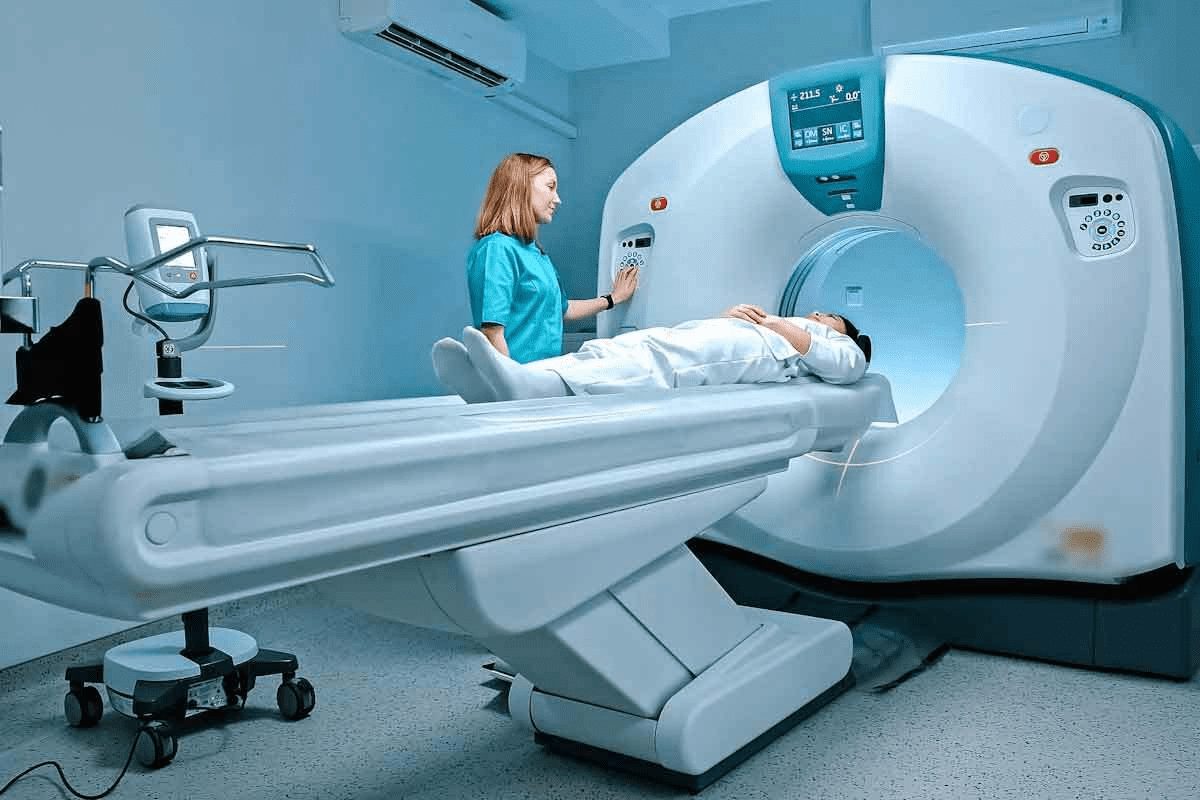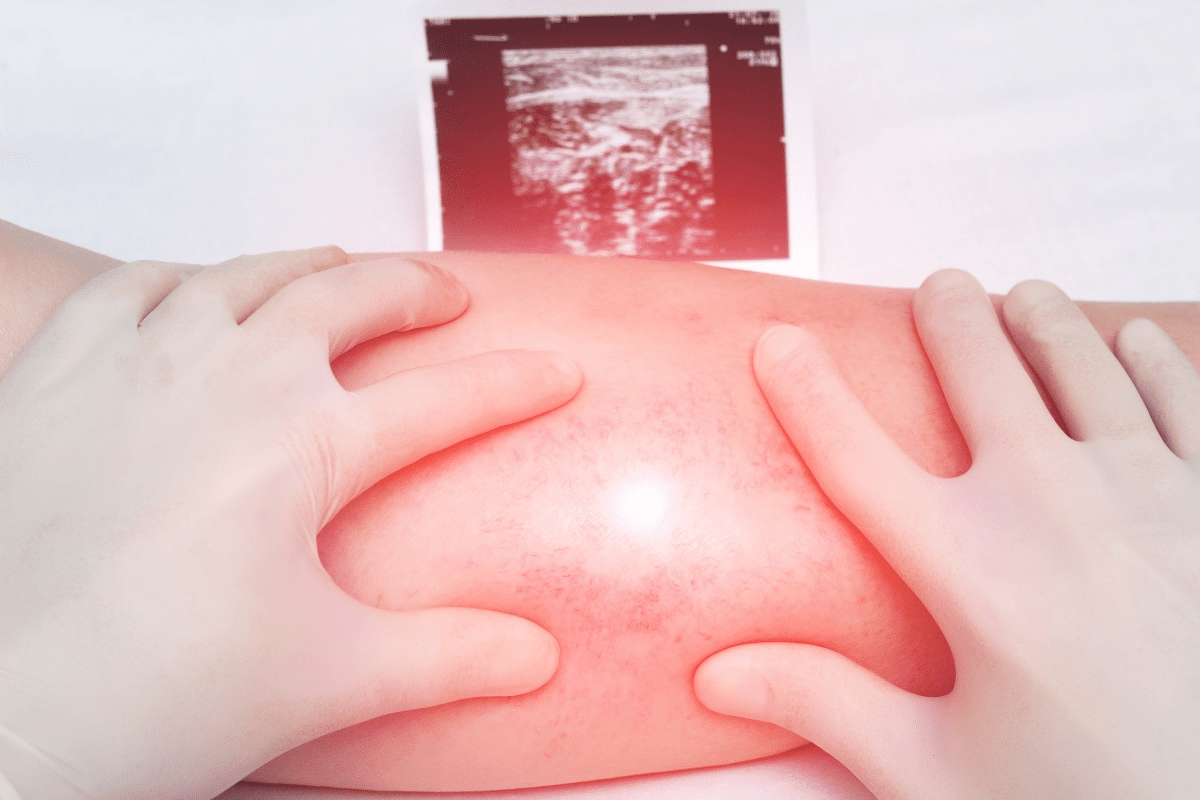Last Updated on November 27, 2025 by Bilal Hasdemir
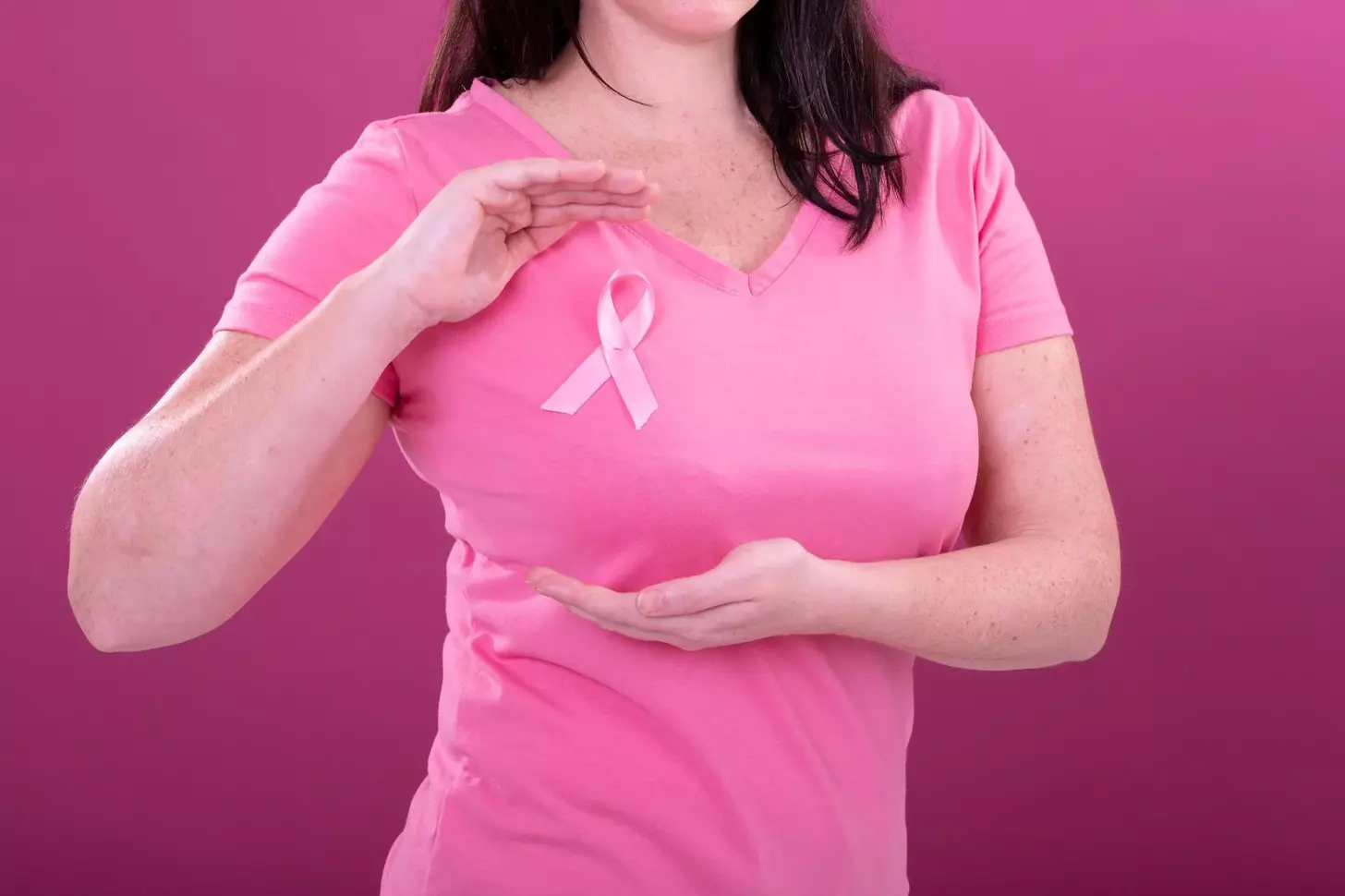
Knowing your risk for breast cancer helps you take charge of your health. The average risk by age 90 is about 12.9%. It’s key to use the best breast cancer risk assessment tests and online tools to make smart choices.
At Liv Hospital, we stress the need for early detection. We offer trusted care that puts patients first. Our tools help spot those at high risk early, leading to better care and outcomes.
Key Takeaways
- Breast cancer is the most common malignancy in women.
- The average lifetime risk of breast cancer is approximately 12.9% by age 90.
- Early detection and risk assessment are key for effective management.
- Liv Hospital offers advanced breast cancer risk assessment tests and online tools.
- Understanding personal risk empowers individuals to make informed health decisions.
Understanding Breast Cancer on Breast: The Most Common Malignancy in Women
Breast cancer is the most common cancer in women, making it a big health issue. It affects women of all ages and backgrounds. Knowing about breast cancer risks is key for both doctors and patients.
The lifetime risk of breast cancer is a big worry. About 12.9% of women will get breast cancer by age 90. This means about 1 in 8 women will get breast cancer in their lifetime.
The 1 in 8 Lifetime Risk Statistics
The 1 in 8 statistic is well-known. It shows the lifetime risk of breast cancer for women. This risk changes based on family history, genes, and lifestyle. Knowing these factors helps figure out your own risk.
| Risk Factor | Description | Impact on Lifetime Risk |
|---|---|---|
| Family History | Having first-degree relatives (mother, sister, daughter) diagnosed with breast cancer. | Increases risk by 1.5 to 3 times |
| Genetic Predisposition | Presence of BRCA1 or BRCA2 gene mutations. | Significantly increases risk, up to 72% by age 80 |
| Lifestyle Factors | Includes factors like alcohol consumption, obesity, and lack of physical activity. | Moderately increases risk |
Why Early Risk Assessment Matters
Early risk assessment is important. It helps find people at higher risk. This means they can get more screenings and preventive care. This could catch cancer early, when it’s easier to treat.
We stress the importance of knowing about breast cancer risks. Early assessment helps manage these risks. By understanding risk factors, women can take steps to protect their health. Early detection and prevention can greatly improve outcomes for those at higher risk.
How Lifetime Breast Cancer Risk Assessment Tools Work
It’s important to know how lifetime breast cancer risk tools work. They help give a personal risk of getting breast cancer over a lifetime. This information is key for making smart choices about breast health.
Key Factors Used in Risk Calculation
These tools look at your medical history, reproductive factors, and family history. Key factors include:
- Age at menarche and menopause
- Family history of breast cancer, specially in first-degree relatives
- Genetic mutations like BRCA1 and BRCA2
- Previous breast biopsies and their results
- Use of hormone replacement therapy
They use complex algorithms to give you a risk score. The National Cancer Institute’s Breast Cancer Risk Assessment Tool is an example. It uses these factors to estimate your risk.
Interpreting Your Personal Risk Score
After using a tool, you get a personal risk score. This score shows your chance of getting breast cancer over your lifetime. Understanding this score is key for making health decisions.
A higher risk score means you’re at a higher risk than average. It doesn’t mean you’ll definitely get breast cancer. But it shows you’re at a higher risk. This info helps guide your health choices, like screening and prevention.
For example, if your risk is 20%, it means 20 out of 100 women like you might get breast cancer. This info is powerful for taking care of your breast health.
The Gail Model (National Cancer Institute Breast Cancer Risk Assessment Tool)
The Gail Model is a tool from the National Cancer Institute to assess breast cancer risk. It helps healthcare providers and individuals understand breast cancer risk factors.
Overview and Development History
The Gail Model was created in the late 1980s. It estimates a woman’s risk of invasive breast cancer over time. It considers age, family history, age at menarche, age at first birth, and previous biopsies.
The Gail Model offers a personalized risk assessment. This helps women make informed health decisions.
How to Access and Use the BC Risk Tool
Using the BC Risk Tool, based on the Gail Model, is easy. It’s available on the National Cancer Institute’s website. Both healthcare providers and individuals can use it. To use it, you need to enter your personal and medical history.
- Age and medical history
- Family history of breast cancer
- Previous breast biopsies and their outcomes
- Age at menarche and first live birth
After entering the information, the tool calculates your risk of breast cancer. It shows your risk for the next 5 years and your lifetime. This helps in planning preventive measures and screening.
The National Cancer Institute says, “Understanding your risk is the first step towards taking control of your health.” The Gail Model and the BC Risk Tool give individuals the knowledge to make informed health decisions.
The Tyrer-Cuzick Model (IBIS Tool)
The Tyrer-Cuzick Model, also known as the IBIS Tool, is a big step forward in breast cancer risk assessment. It’s known for its detailed approach. It looks at many risk factors to give a personalized risk assessment.
Comprehensive Approach to Risk Assessment
The Tyrer-Cuzick Model is special because it considers many risk factors. It looks at family history, genetic info, and personal health history. This detailed look helps give a more accurate risk estimate.
Key factors considered in the Tyrer-Cuzick Model include:
- Family history of breast and ovarian cancer
- Genetic mutations such as BRCA1 and BRCA2
- Personal history of breast cancer or other related conditions
- Menstrual and reproductive history
- Hormone replacement therapy (HRT) use
Using the Tyrer-Cuzick Calculator Online
The Tyrer-Cuzick Calculator is online, making it easy to check your breast cancer risk at home. To use it, you just need to enter some information like family history and health details.
| Risk Factor | Description | Impact on Risk Assessment |
|---|---|---|
| Family History | History of breast and ovarian cancer in first and second-degree relatives | Increases risk if relatives were diagnosed at a young age |
| Genetic Mutations | Presence of BRCA1 and BRCA2 mutations | Significantly increases risk |
| Personal Medical History | Previous breast cancer or other related conditions | Affects risk based on the type and severity of the condition |
By knowing these factors and using the Tyrer-Cuzick Calculator, you can understand your breast cancer risk better. This helps you make smart health choices.
BRCAPRO Model for Genetic Risk Evaluation
The BRCAPRO Model helps us understand hereditary cancer risk. It’s made for those with a family history of breast and ovarian cancer. This model gives valuable insights into genetic risk.
Focus on Hereditary Cancer Risk Factors
The BRCAPRO Model looks at family history and genetic info. It checks if you might have BRCA1 or BRCA2 gene mutations. These genes raise the risk of breast and ovarian cancer.
Key factors considered by the BRCAPRO Model include:
- Family history of breast and ovarian cancer
- Age of cancer diagnosis in relatives
- Presence of other cancers in the family, such as prostate or pancreatic cancer
| Factor | Description | Impact on Risk Assessment |
|---|---|---|
| Family History | History of breast and ovarian cancer in first- and second-degree relatives | Significant |
| Age of Diagnosis | Age at which relatives were diagnosed with cancer | Moderate to Significant |
| Other Cancers | Presence of other cancers in the family, such as prostate or pancreatic cancer | Moderate |
Accessing and Implementing BRCAPRO Assessment
Getting the BRCAPRO Model is easy. You can find it online or through genetic counseling services.
To use the BRCAPRO Model, you’ll need to share your family history. You can fill out online forms or talk to a genetic counselor.
After you share your info, the model gives you a risk score. This score helps you decide about genetic tests, monitoring, and prevention.
The Rosner-Colditz Model for Lifetime Risk Assessment
The Rosner-Colditz Model is a detailed way to figure out your lifetime risk of breast cancer. It looks at many lifestyle and hormonal factors. This model is special because it includes menopausal status, hormone replacement therapy, and body mass index in its risk assessment.
Integration of Lifestyle and Hormonal Factors
The Rosner-Colditz Model is great because it combines lifestyle and hormonal factors in its risk calculation. It considers a woman’s reproductive history, hormone replacement therapy, and lifestyle factors like alcohol and exercise. This gives a complete view of a woman’s risk.
This model helps doctors give more tailored risk assessments and advice. Knowing how lifestyle affects breast cancer risk helps women make better health choices.
How to Calculate Your Risk Using This Model
To figure out your risk with the Rosner-Colditz Model, you need to enter your personal and medical history into a tool. You’ll need to provide details like age, family history of breast cancer, age at menarche, and menopausal status. The model then calculates your lifetime risk of breast cancer.
Working with a healthcare provider is key to using this model well. They can explain the results and suggest ways to lower your risk. This might include changing your lifestyle or getting more screenings.
Knowing your risk from the Rosner-Colditz Model helps you take care of your breast health. You might need more screenings, make lifestyle changes, or take other steps based on your risk.
Breast Cancer Surveillance Consortium (BCSC) Risk Calculator
The Breast Cancer Surveillance Consortium (BCSC) Risk Calculator is a detailed tool. It helps understand breast cancer risk better by looking at different factors, like breast density. This tool gives a personalized risk check, helping women and doctors make better health choices.
Incorporation of Breast Density in Risk Assessment
The BCSC Risk Calculator includes breast density in its risk check. Breast density is a big risk factor for breast cancer because it makes mammograms less clear. This makes the BCSC Risk Calculator a better tool for checking a woman’s risk.
The calculator also looks at other important risk factors. These include age, family history of breast cancer, and past breast biopsies. This way, it gives a more accurate idea of a woman’s lifetime risk of getting breast cancer.
Using the BCSC Online Assessment Tool
Using the BCSC online tool is easy. Women just need to put in their risk factors and breast density to get a personalized risk check. This tool is great for women worried about their breast cancer risk and want to know more about it.
To use the BCSC Risk Calculator, women need to have their medical history and test results ready. The calculator will then give a risk score. This score can be talked about with a doctor to figure out the best health plan.
The BCSC Risk Calculator helps women understand their breast cancer risk better. This knowledge lets them take steps to manage their health. Whether it’s more screenings or preventive steps, knowing your risk can really help.
Claus Model for Familial Risk Assessment
If you’re worried about breast cancer in your family, the Claus Model can help. It’s great because it looks at family history to guess your risk. This model is key for those concerned about their family’s cancer history.
Focus on Family History Patterns
The Claus Model checks your risk by looking at your relatives. It looks at first-degree relatives like parents, siblings, and kids. It also looks at second-degree relatives like grandparents and aunts.
It’s important because it looks at when these relatives got cancer. This gives a clearer picture of your risk. Doctors use this info to help you decide on tests and how to stay healthy.
When to Use the Claus Model for Risk Assessment
Use the Claus Model if your family has a lot of breast cancer. Here are some times to use it:
- If a first-degree relative got breast cancer young.
- If many family members across generations got breast cancer.
- If you have a family history but no genetic test shows a mutation.
Let’s look at how the Claus Model works with a family example.
| Family Member | Relation | Age at Diagnosis |
|---|---|---|
| Mother | First-degree | 45 |
| Maternal Grandmother | Second-degree | 60 |
| Aunt | Second-degree | 55 |
With the Claus Model, we can figure out your risk based on your family’s history. It looks at the ages of diagnosis and who they are to you. This gives a full picture of your risk.
Knowing about the Claus Model helps those with a big family history of breast cancer. It lets them understand their risk better and make smart health choices.
The Breast and Ovarian Analysis of Disease Incidence and Carrier Estimation Algorithm (BOADICEA)
BOADICEA is changing how we see and predict breast and ovarian cancer risks. It uses advanced genetic modeling. This tool gives a detailed look at a person’s risk of getting these cancers, based on family history, genetic mutations, and more.
Comprehensive Genetic Risk Modeling
The BOADICEA model calculates the risk of breast and ovarian cancer. It looks at BRCA1 and BRCA2 mutations and other genetic changes. It also uses family history to give a more precise risk than just looking at individual data.
BOADICEA is special because it can handle risks from many genetic mutations at once. Experts say this is a big step forward in understanding cancer risk.
“The BOADICEA model has the power to help find people at high risk for breast and ovarian cancer. This means we can use better ways to prevent these diseases.”
Accessing and Using the BOADICEA Web Application
Getting to the BOADICEA web app is easy. Doctors and researchers can just go to the website. They need to share family history, genetic test results, and other health info. Then, they get a detailed report on their risk, including chances of having a BRCA1 or BRCA2 mutation and the risk of getting breast or ovarian cancer.
| Feature | Description |
|---|---|
| Genetic Mutation Analysis | Checks BRCA1, BRCA2, and other important genetic changes |
| Family History Integration | Uses family history to make risk estimates more accurate |
| Lifetime Risk Estimation | Figures out the lifetime risk for breast and ovarian cancer |
With BOADICEA, doctors can give patients a clearer picture of their risk. This helps patients make better choices about preventing and watching for these cancers. As we learn more about genetics, tools like BOADICEA will be key in finding and stopping breast and ovarian cancer early.
Choosing the Right Breast Cancer Risk Assessment Tool for Your Needs
Finding the right breast cancer risk assessment tool is key. There are many models out there, each with its own benefits and drawbacks. It’s important to choose wisely.
Factors to Consider When Selecting a Risk Assessment Method
When picking a tool, think about your family history. If it’s complex, you might need a tool like Tyrer-Cuzick or BOADICEA. These models look at genetics and family history.
Other things to consider are:
- How well the tool looks at lifestyle and hormones
- If it includes breast density in the risk score
- The tool’s track record in predicting risk
Knowing these points can help you pick a tool that fits you best.
Working with Healthcare Providers to Interpret Results
After picking a tool and getting your results, talk to your healthcare provider. They can explain what your score means and how it affects your health. They can also talk about how to keep your breasts healthy.
You can discuss:
- What your risk score really means
- Steps you can take to lower your risk
- Any tests or checks you might need
Working with your doctor helps you make smart choices about your breast health. You can create a plan to reduce risk and catch problems early.
Conclusion: Empowering Prevention Through Personalized Risk Assessment
Personalized risk assessment is key for catching breast cancer early. It helps us understand our own risk factors. This way, we can start preventing breast cancer before it’s too late.
Tools like the Gail Model, Tyrer-Cuzick Model, and BRCAPRO Model help us see our risk clearly. They give us a detailed look at our chances of getting breast cancer.
These tools help us spot who’s at high risk. Then, we can focus on prevention for them. It’s all about making smart health choices based on our own risk.
Working with doctors, we can make a plan to lower our risk. This is how we empower ourselves to fight breast cancer.
By using these tools, we can improve breast health and lower cancer rates. As we keep learning more about breast cancer, using these tools is vital. They help us take charge of our breast health, leading to fewer cases of breast cancer.
FAQ
What is a lifetime breast cancer risk assessment test?
A lifetime breast cancer risk assessment test estimates your chance of getting breast cancer. It helps find those at high risk early. This can lead to better treatment options.
How do breast cancer risk assessment tools work?
These tools look at many things like family history and lifestyle. They use this info to give you a risk score. This score is based on your personal situation.
What is the Gail Model, and how is it used?
The Gail Model is a tool to guess your breast cancer risk. It looks at your age, family history, and more. It’s good for spotting high-risk people.
What is the difference between the Gail Model and the Tyrer-Cuzick Model?
Both models help figure out breast cancer risk. But the Tyrer-Cuzick Model looks at more things, like genes. We use both to get a clearer picture of your risk.
How do I choose the right breast cancer risk assessment tool for my needs?
The right tool depends on your family history and health. Talk to your doctor to find the best one for you. They can help understand the results too.
What is the significance of breast density in breast cancer risk assessment?
Breast density is key because dense tissue raises your risk. The BCSC Risk Calculator uses this info for a better risk score.
Can lifestyle and hormonal factors influence breast cancer risk?
Yes, your lifestyle and hormones can affect your risk. The Rosner-Colditz Model considers these factors for a full risk picture.
How often should I undergo breast cancer risk assessment?
How often you need a risk assessment varies. It depends on your risk score and health history. Your doctor will advise on the best schedule for you.
Can genetic risk modeling help in breast cancer prevention?
Yes, genetic modeling can spot high-risk people. Tools like BOADICEA help assess genetic risk. This guides how to prevent breast cancer.
References
- National Cancer Institute. (n.d.). Breast Cancer Risk Assessment Calculator. Retrieved October 14, 2025, from https://bcrisktool.cancer.gov
- National Breast Cancer Foundation. (n.d.). The Tyrer-Cuzick Model: Understanding the Assessment and Your Breast Cancer Risk. Retrieved October 14, 2025, from https://www.nationalbreastcancer.org/blog/tyrer-cuzick-model/
- PubMed Central. (2019). The Tyrer–Cuzick model for breast cancer risk assessment: A review. Retrieved October 14, 2025, from https://pmc.ncbi.nlm.nih.gov/articles/PMC6687344/
- MagView. (n.d.). IBIS Risk Calculator. Retrieved October 14, 2025, from https://magview.com/ibis-risk-calculator/
- Breast Cancer Research Foundation. (n.d.). Breast Cancer Risk. Retrieved October 14, 2025, from https://www.bcrf.org/about-breast-cancer/breast-cancer-risk/




